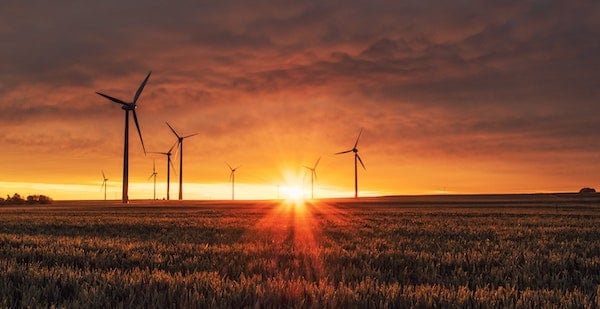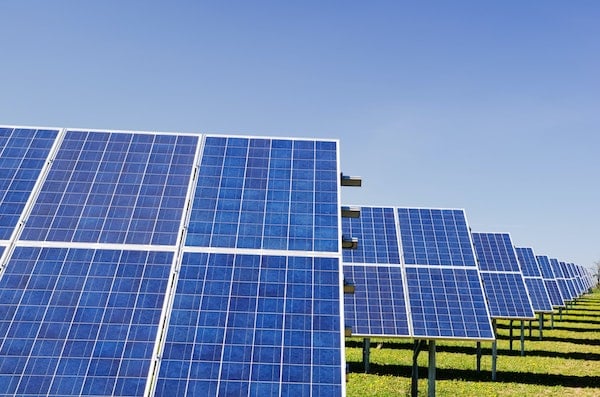Between energy diversity, climate challenges, and growth in electricity consumption, energy producers and suppliers must constantly optimize their processes and anticipate demand in order to adjust their offers, a strategy based on massive data collection and the deployment of AI solutions. Today it is impossible to master the complexity of the energy ecosystem without using data science.
While global warming should force us to reduce our energy consumption, on July 15, the International Energy Agency (IEA) announced an increase in global electricity demand of 5% in 2021 and 4% in 2022. These numbers represent a trend that is not ready to be reversed, driven by the ever more abundant technological era and electricity greed by a population that should reach 10 billion people in 2050 and via the development of metropolises and megalopolises that will be even more energy intensive. In such a context (and in an attempt to limit greenhouse gases without which we risk disappearing), companies in the energy sector are always innovating more to deploy technologies to produce and store greener energy.
An Industry in Full Transition
With the arrival of renewable energies, an influx of competition, and global warming, the energy sector is in the throes of a profound transformation. To achieve decarbonization, we will move from electricity produced mostly from power plants using fossil fuels (i.e., coal, oil, gas), hydraulic dams, and nuclear power plants to electricity mostly produced by renewable energies (i.e., solar, wind, biomass). The move towards greater proportions of renewable energy generation will have two main impacts: the future power system will host more power from intermittent power generators and will be more decentralized. As the power grid becomes more dynamic, houses will generate power that they can sell to the grid. Conversely, everyone will charge their electric vehicles at the same time, causing a spike in demand. It will continue to be challenging to manage the grid efficiently and avoid any blackouts.
How can organizations manage energies with different characteristics that are produced in a decentralized way? How can intermittent energies such as solar and wind power be integrated into a supply of fossil fuels, the use of which is also sought to be reduced? How can we handle a much more dynamic energy system?

From the Arrangement of Solar Panels to Process Optimization
Faced with this complexity, the players in this multi-energy world have started to deploy numerous AI projects. They have developed solutions to help them determine the optimal locations for solar panels or the most efficient wind turbine layouts. They also use AI to improve the operation of existing facilities and detect anomalies by anticipating breakdowns on production sites or on the network and improving employee safety. They also rely on AI to better quantify and reduce their greenhouse gas emissions and other environmental and societal impacts. Finally, they use these technologies to better estimate the production of these different energies and anticipate the various consumptions of customers.

While companies are developing a large number of wind and solar projects, it is indeed becoming necessary to be able to analyze and visualize the behavior of all of these installations in order to compare and optimize production performance and detect anomalies, anticipate maintenance, and give recommendations to operators in the field. To succeed in this challenge, it is necessary to collect data in real time, to make it easily accessible in a collaborative space, and to be able to manage these large-scale processes by relying on the computing capacities of the cloud.
To succeed in the energy transition, we will need AI all along the energy value chain, from production to consumption. It will work if and only if all people can contribute to setting up these systems with AI. Indeed, AI must not remain exclusively reserved for data science experts, it must be designed jointly with stakeholders who know the world of energy to better respond to the challenges and problems of this industry.
Financial Gains
From a purely economic point of view, studies show that AI is a source of energy savings. For example, according to the IEA report, data collected in real time from smart lighting systems and other digital tools would reduce the energy consumption of buildings by 10%. This report also estimates that the 11 billion interconnected smart devices by 2040 would allow residents to better control their electricity consumption from the grid and thus provide 185 GW of flexibility, avoiding $270 billion in investments in new electrical infrastructure.
From the production of these multi-energies to distribution, including the management of factories or the operation of production chains, AI has become a central element in optimizing the entire energy chain, whether in terms of production or consumption. Faced with global warming, the world of energy is transforming and reinventing itself. In this complex and moving world, it will therefore be necessary to demonstrate great agility and seize the opportunity presented by AI to support this transition.




